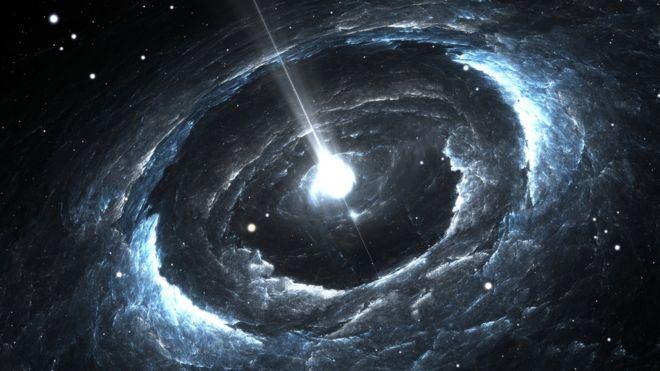“There are many, many, many worlds branching out at each moment you become aware of your environment and then make a choice.” -Kevin MichelGoing from the exterior to the interior of any particle, one discovers a whole new reality. Every cell has its own components, just like the one next to it, functioning in parallel. This continues until we reach the tiniest particle available to our knowledge (at the moment, quarks).
But the existence of a cell or an atom has far preceded our understanding of it.






